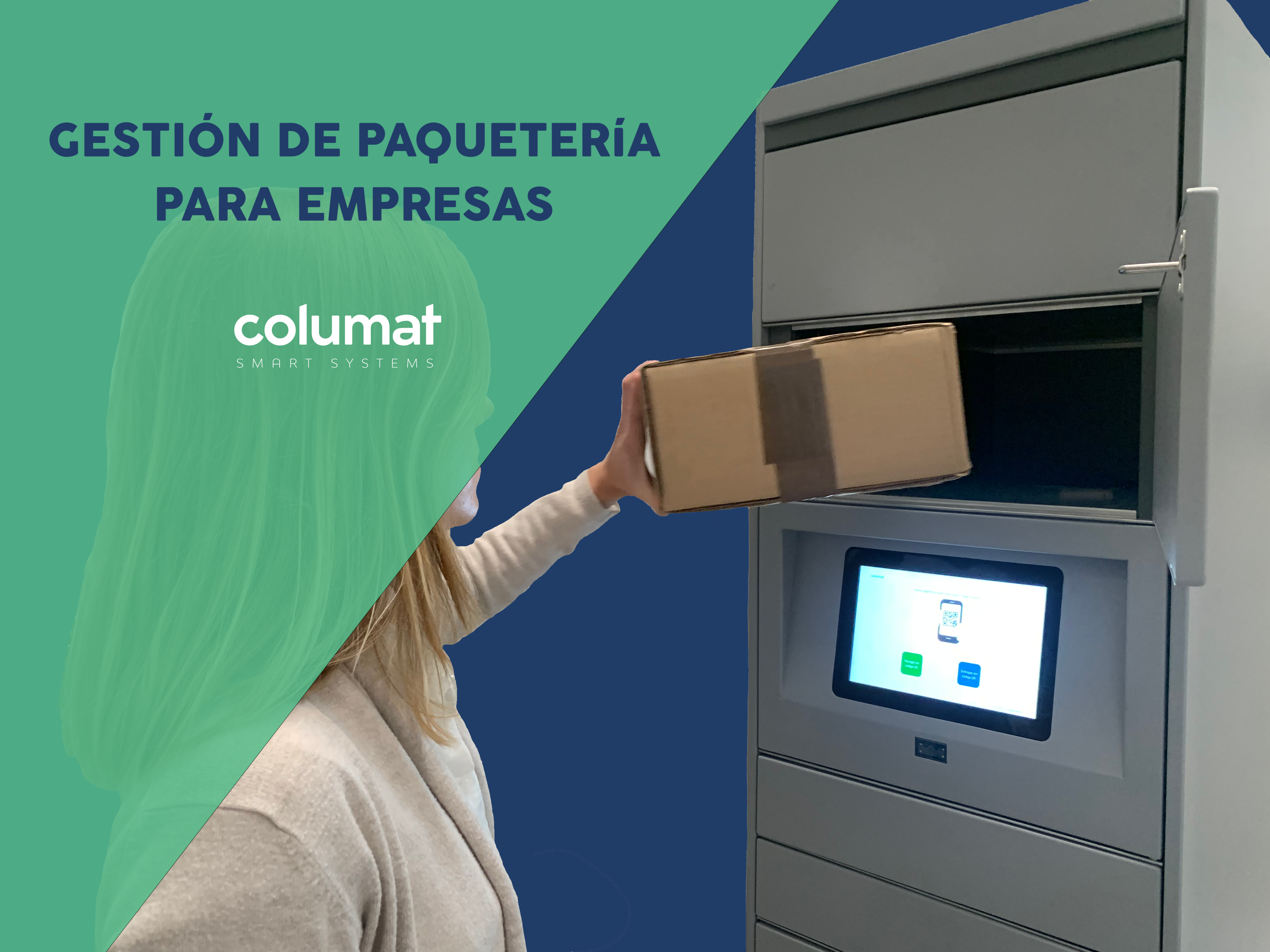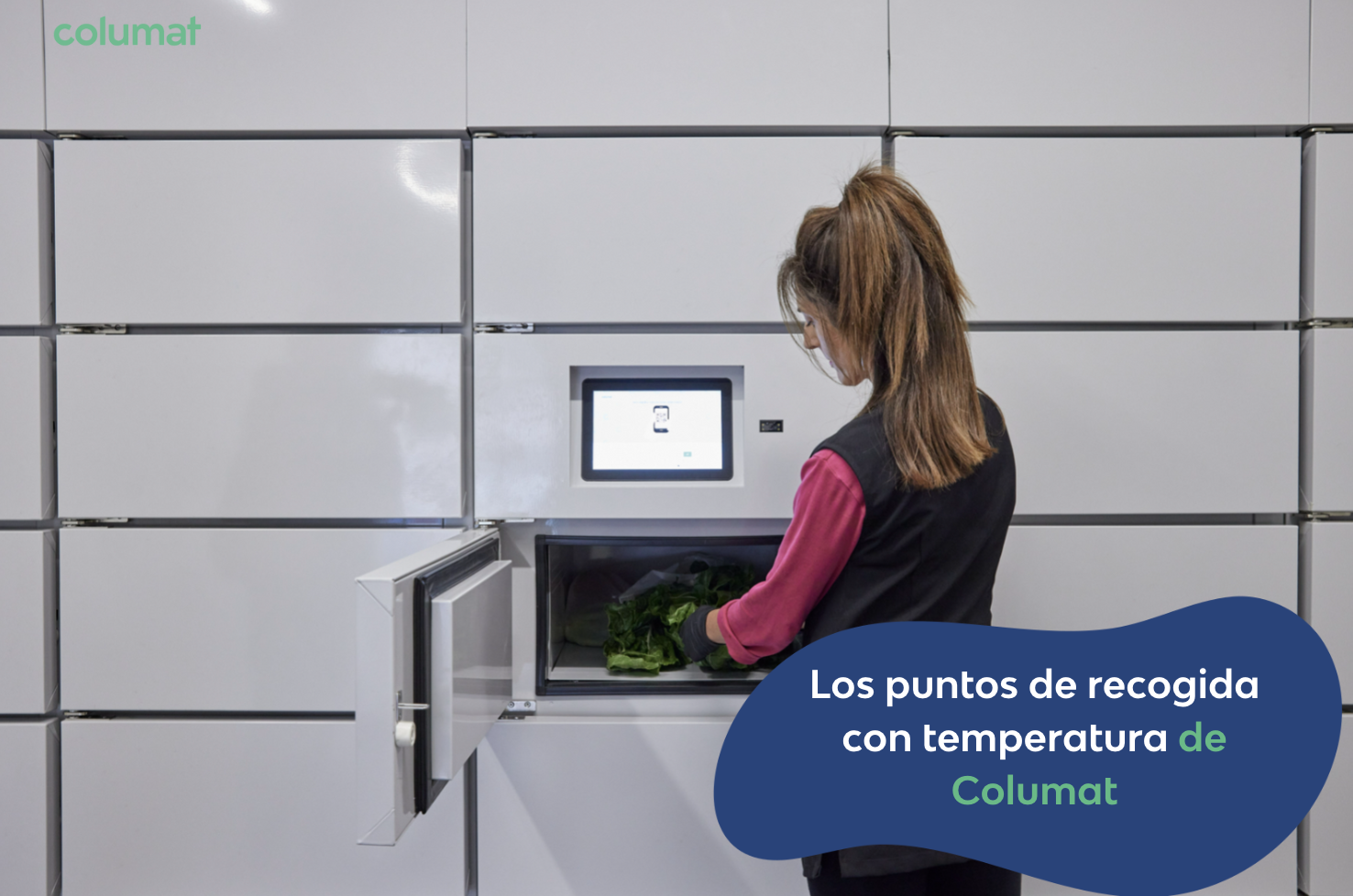The last mile
The last mile, the stretch without optimization
Currently, there is a lot of ignorance about what is the last mile, a term used in the logistics field. Here we explain what it is and how to optimize it.
The last mile is a term used in logistics and transportation to refer to the final leg of a product's delivery from a distribution center or warehouse to the customer's final destination. In other words, it is the part of the journey that occurs just before a product reaches the consumer's hands.
This final leg can be a critical and costly part of the supply chain, as it often involves the delivery of individual packages to specific addresses, which can be complicated by factors such as traffic, urban congestion or the need to access residential areas.
There are factors that drive the optimization of this last section, such as Smart Lockers. This solution makes it possible, by means of smart lockers, to concentrate all the parcels in a single point. In this way, the delivery person only has to access this point, commonly located in retails, residential areas or coworkings, among others, and deliver all the parcels in the different compartments of the Smart Locker.
To make the tour more visual, let's analyze these two images:

In the first image, we can see a short and optimized route. All packages have been delivered to the same pick-up point and users will be able to get their packages with a QR scan.
In the second image, on the other hand, we see a long and poorly optimized route. The delivery of all orders creates more pollutant gas emissions and more urban traffic.
Efficiency in the last mile is important to ensure that products arrive on time and in good condition to customers, as well as striving for an optimized, sustainable and digitized service.
Together we can revolutionize logistics to achieve better results and the development of sustainable cities!


